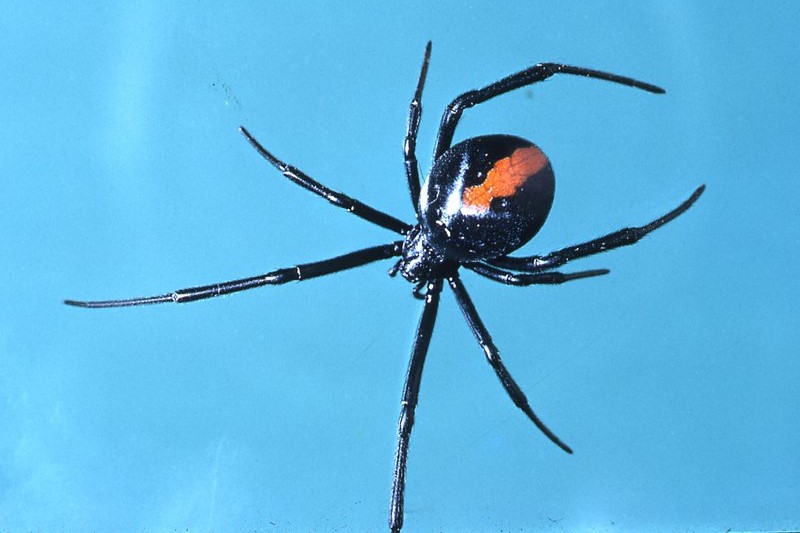
First Aid for RedBack Spider Bites
Bites from redback spiders are known to cause serious illness and even death, which makes first aid intervention necessary
The RedBack Spider
Redback spiders, with the scientific name Latrodectus hasseltii, are extremely common and found.
They are often seen around residential houses and buildings in many towns.
The female redback spider is the major significant venomous one, which is typically black or brown in colour
The most distinct feature of the female redback is the red or orange stripe found on top of the abdomen.
Meanwhile, male redback spiders are usually light brown in colour.
There is also white or yellow marking on their abdomen, as opposed to red or orange ones in females.
These specific types of spiders will only bite when disturbed in their habitat or trapped in a piece of clothing.
Bites are also rare.
To this end, female redbacks are more aggressive than their male counterparts as they are capable of harming humans.
The venom from the bite can act directly on the nerves and may result in the release and depletion of neurotransmitters.
Redback spider bite may feel like a sharp pain similar to a pinprick
After a couple of minutes, the bitten area may appear reddish in colour, and the person may experience pain and swelling.
Occasionally, the pain may spread to other body parts, including the stomach.
In severe cases, redback spider bites can cause serious illness and death.
Signs and Symptoms
The signs and symptoms of a redback spider bite may vary, but the progression of illness is generally slow.
Without treatment, symptoms may persist for weeks.
Common symptoms of a spider bite include:
- Immediate pain at the bite site
- Sweating on the affected limb (and may spread in other areas)
- Nausea or vomiting
- Abdominal pain
- Headache
- High body temperature or fever
- Restlessness
- Insomnia
- Hypertension
Bites from a redback spider can be very dangerous.
Provide first aid care – including cardiopulmonary resuscitation if necessary.
What to do if bitter by a Redback Spider
The first aid management of redback spider bite includes taking the following steps:
A) Reassure the victim
Lay the person down, rest, and provide reassurance that help is on the way. Observe for any developing symptoms after the bite.
B) Cold treatment
Apply a cold compress to the bitten area for about 20 minutes. The application of cold to the injury can help lessen the pain.
(First aid tip: Do not apply ice directly to unprotected skin. Wrap it in a clean cloth or towel.)
C) Watch for signs of anaphylactic shock
Some people may develop a severe allergic reaction after being bitten by a redback spider. The body can react within minutes, which can lead to anaphylactic shock (anaphylaxis).
If someone is experiencing anaphylaxis, call an ambulance and proceed in administering adrenaline via an autoinjector (EpiPen) if one is available.
D) Seek further help
If the symptoms are severe, seek medical aid by calling triple zero (000). Anti-venom will be administered for life-threatening symptoms.
Avoid using tourniquets or other restrictive bandages on the bite site. The pressure immobilization technique using these devices will only worsen the pain.
Also, seek medical help promptly if the person bitten is a young child or elderly and if the casualty loses consciousness.
Read Also:
Emergency Live Even More…Live: Download The New Free App Of Your Newspaper For IOS And Android
Wasps, Bees, Horseflies And Jellyfish: What To Do If You Get Stung Or Bitten?
Insect Bites And Animal Bites: Treating And Recognising Signs And Symptoms In The Patient
A New Species Of Brown Recluse Spider Discovered In Mexico: What To Know About His Venomous Bite?
Ibiza, Young Tourist Bitten By A Brown Recluse Spider: He Lost Two Fingers
How To Protect Yourself From The Bite Of The Violin Spider (Or Brown Recluse)?
Brown Recluse Spider (Or Violin Spider) Bites: What You Should Know


